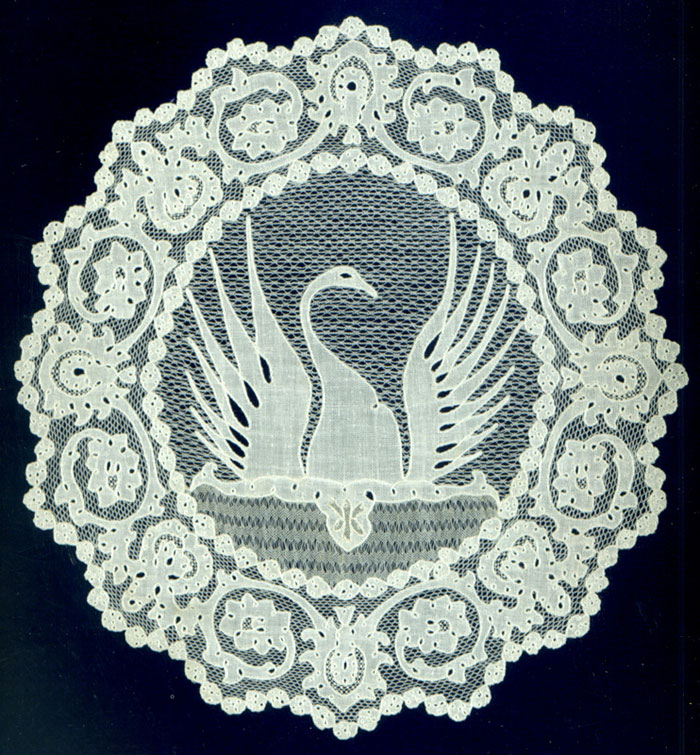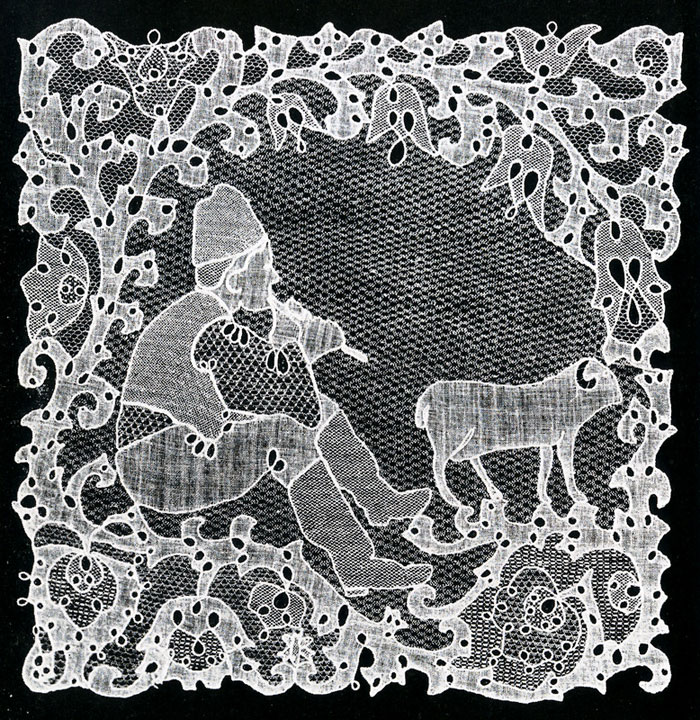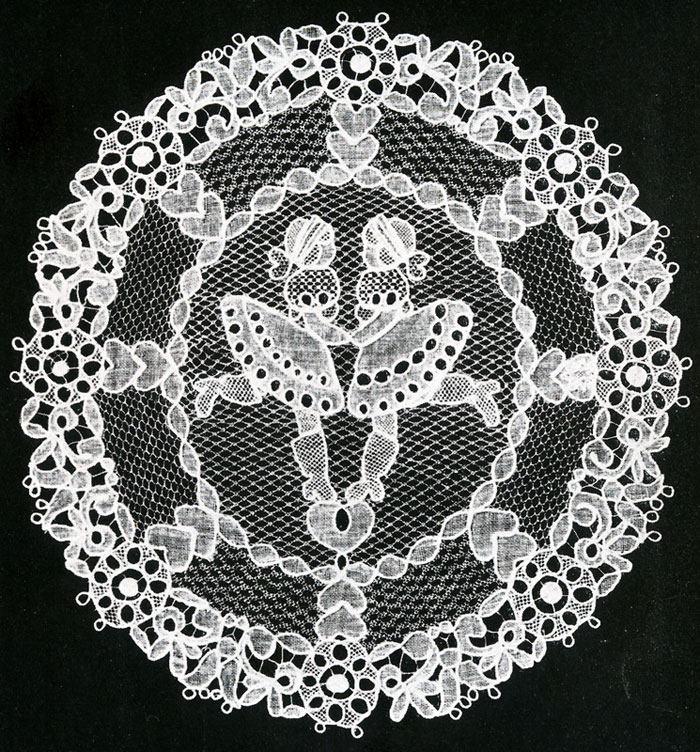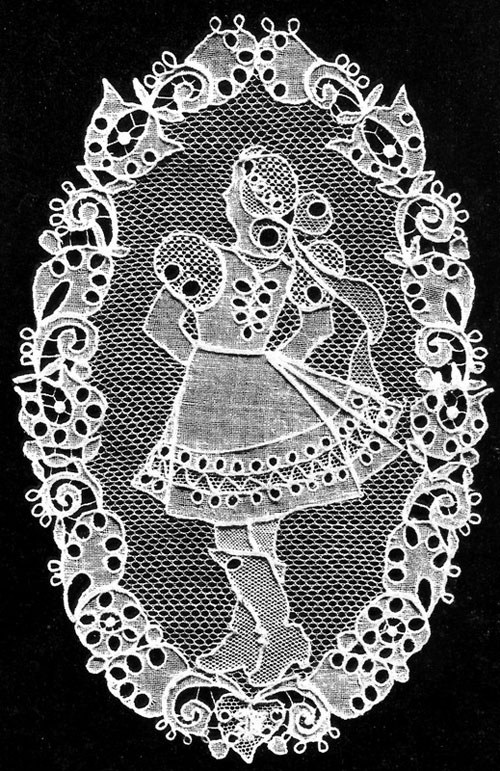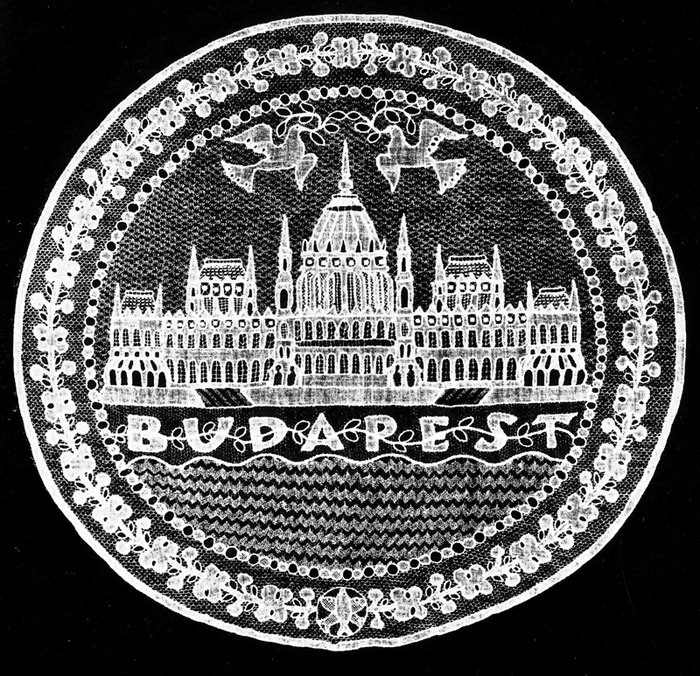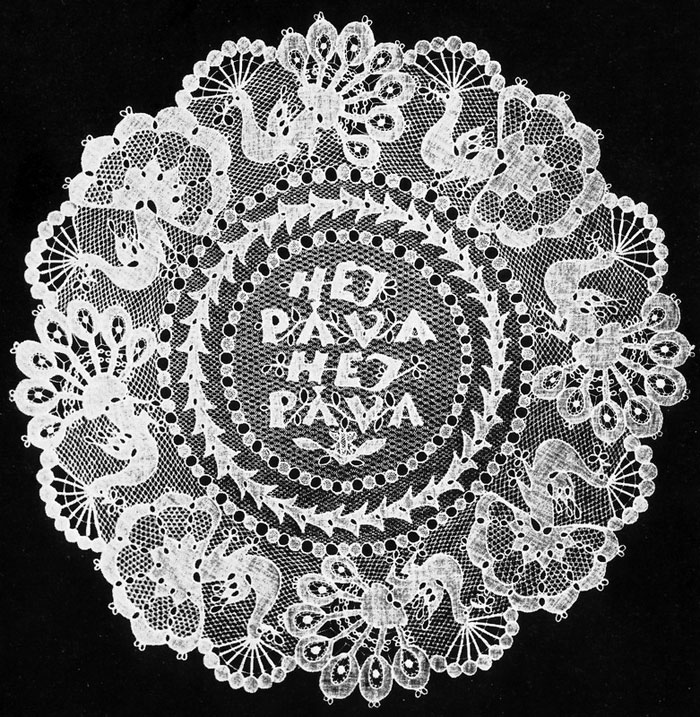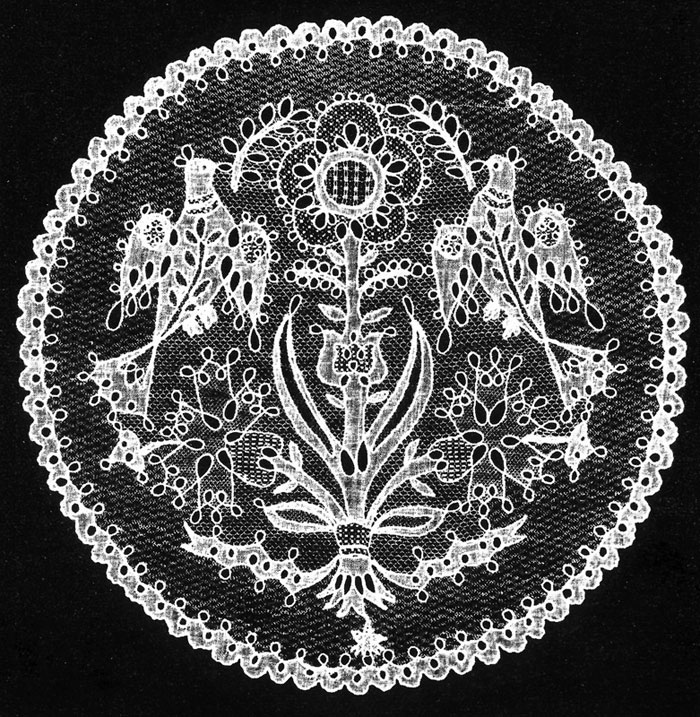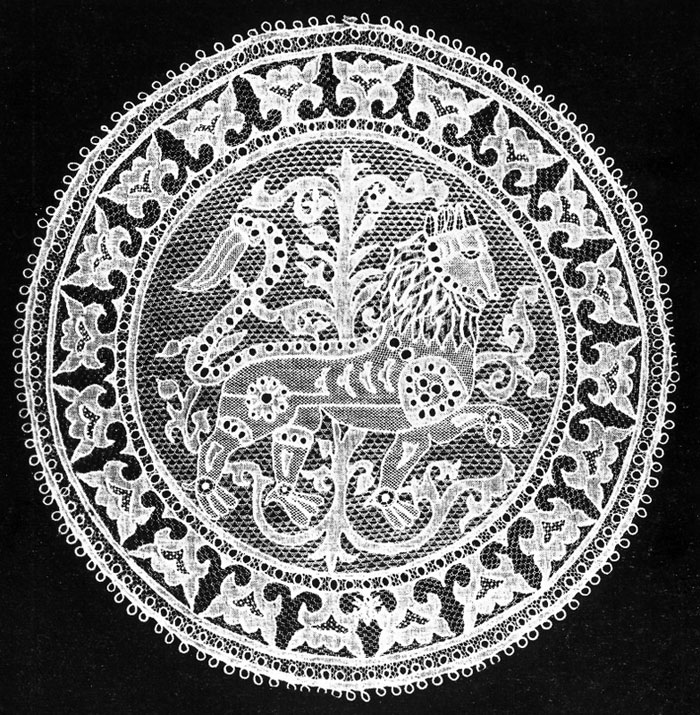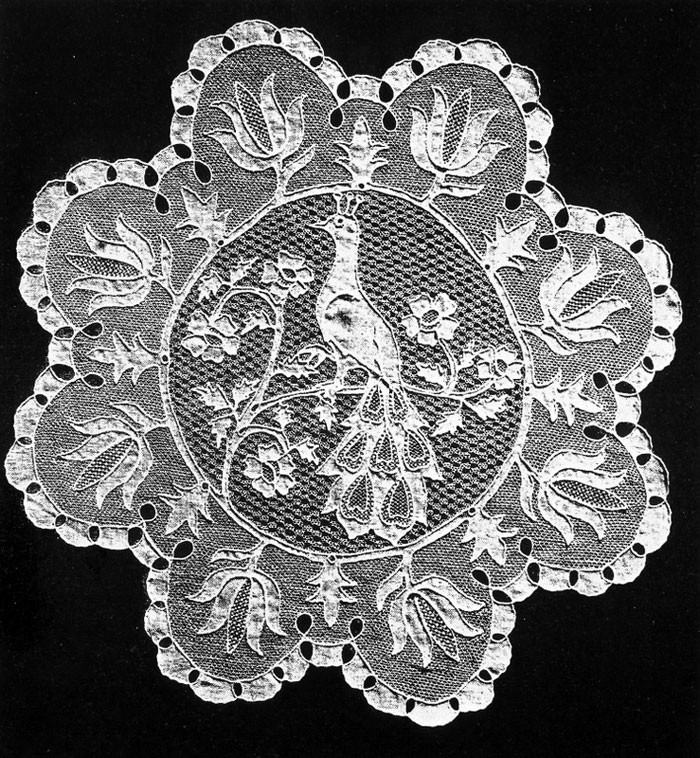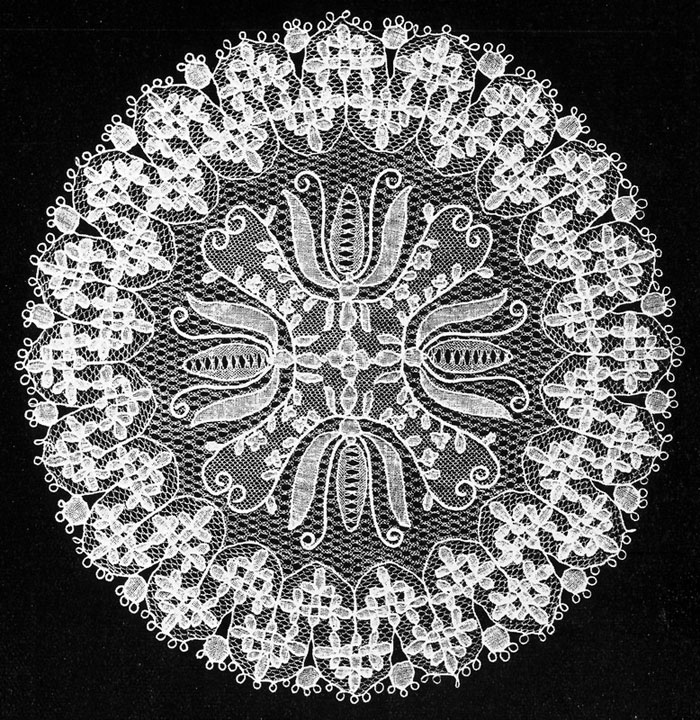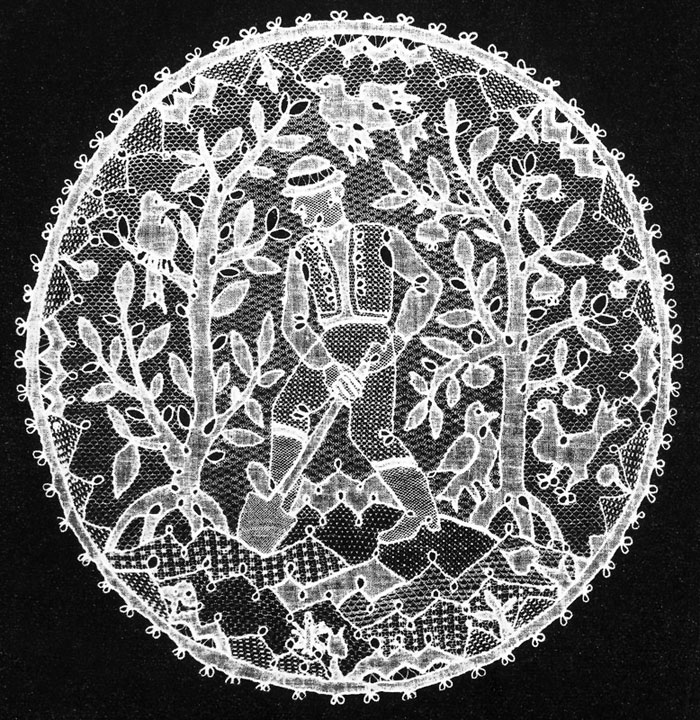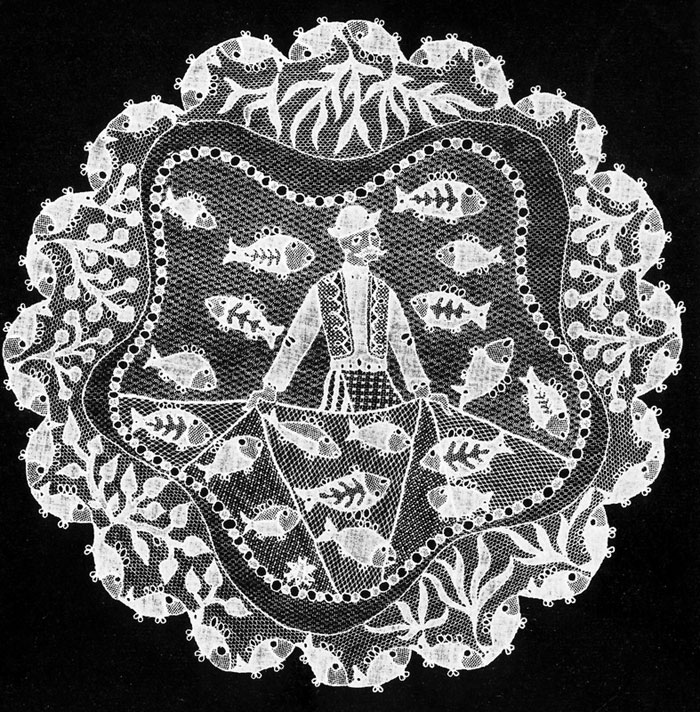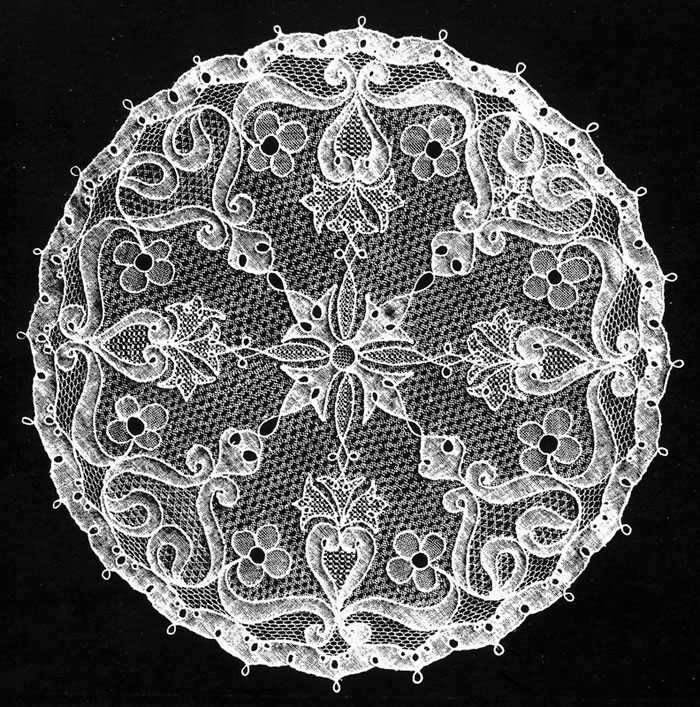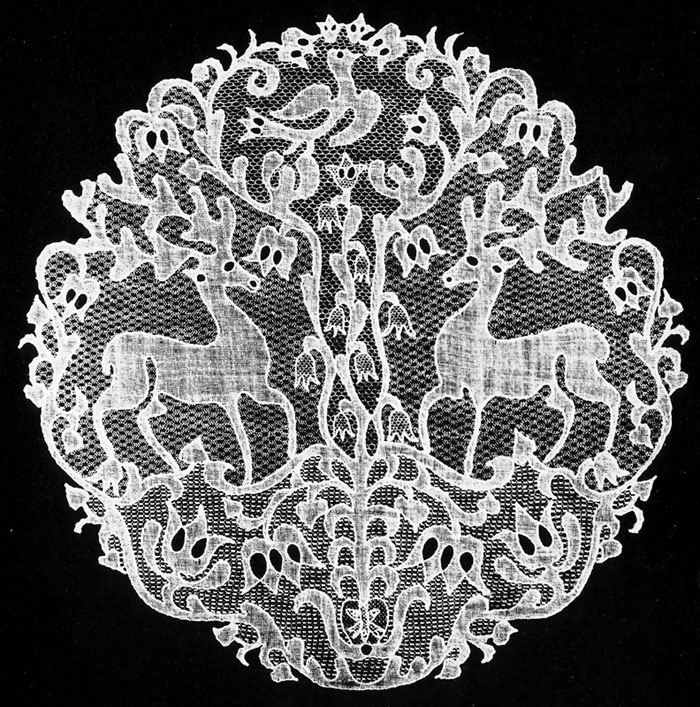THE GOLD OF KISKUNHALAS
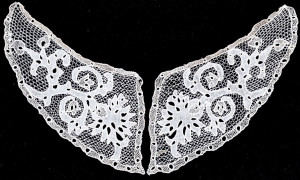
Kiskunhalas is located on the Hungarian Great Plain between the Tisza and Danube river. This large agrarian settlement endured much hardship during its history, before all it survived the 150 years of Turkish occupation. In the 20th century Kiskunhalas was made famous by the unique Halas Lace, presented to the public at the Museum of Applied Arts in Budapest in 1902 for the first time. From that time up to this day, this extraordinary handmade Lace is bound to the town of Kiskunhalas, which today is the center of Hungarian needle point lace-making.
Halas Lace – is the Hungarian needlepoint lace established on the basis of the designs of Árpád Dékáni (1861–1931) in 1902, who was the art-teacher at the Kiskunhalas High School. Dékáni, a lover of Hungarian folk art, incorporated his knowledge of folk art history into the designs of Halas Lace. However, to realize these designs he needed someone with the same passion for art as himself and the dexterity of fine lace needle-pointing to follow through with his dream. He met Mária Markovits (1885–1954) of Kiskunhalas in 1902, who had been a graduate of the Hungarian Royal School of Applied Arts for Girl’s in Budapest and had an extraordinary talent for needlework. Her studies familiarized her with the Venetian and Brussels lace work of that time enabling her to develop a unique and original technique for her own work. The collaboration of Dékáni and Markovits in 1902 lead to national and later international recognition after the Hungarian Society of Applied Arts showed off the lace work at its Christmas exhibition of 1902 in Budapest. The designs unanimously won the gold medal. By 1903, Dékáni had built a workshop for the needlepoint workers, many of which Markovits had gathered from the town of Kiskunhalas. Among the first designs, 10–15 different stitches were utilized to create the exceptional contrast of the motifs; this grew to fifty over a five year period. In 1906, Árpád Dékáni was appointed to a directorship at the School of Applied Arts while continuing his collaborations with the Halas lace. The design responsibilities were handed over to one of his former students, Ernő Sepanek (1881–1934) while Mária Markovits continued to be the needlepoint master and tasks delegate. Stepanek was followed by Antal Tar (1891–?), also a Dékáni pupil and by Margit Pongrácz (1883–1968), also a Girl’s School of Applied Arts graduate. Pongrácz, considered the most prolific designer of Halas Lace, was presented countless awards for her talent; the best known being “the world’s most beautiful lace” for the “hat állatalakos” or six animal figures lace, which won solid gold at the 1937 Paris World Exhibition. From then on, Halas Lace was valued its equivalent weight in gold. Pongrácz started designing in 1911 and continued up to her death in 1968. Many of her more obscure designs are just recently being recognized. Béla Tóth (1910– ), Stepanek pupil and Béla Molnár (1904–1971) and presently Lili Nagy Kálózi-Esztergomi (1918– ) are the modern designers of Halas Lace. In these designs as in the past, the high society and social symbols of modern culture mix with the folklore past of an ancient people.
Dr. István Horváth
Dékáni’s designs could not be rendered with the known needle-point lace-making techniques. The experiments of many embroiderers were unsuccessful as the designs did not resemble any former known lace. Mária Markovits also realized soon, that with the knowledge of that day no satisfactory results can be obtained. Therefore, after many months of experimenting, she developed a completely new and unique technique. The distinction of the Halas technique is that the decorative motifs of the lace are surrounded by strong outlines. The inner part is filled with so-called weaving stitches (or darning stitches) rather than the commonly-used basic stitches (snare stitches). This technique was developed to such a high standard of perfection that it became similar to the finest cambric. The material of the lace is gossamer-fine unbleached flax. In contrast to the majority of needlepoint laces the designs of Dékáni were sewn with colored flax or silk threads, and sometimes decorated with metallic thread, quiet uncommon in earlier times even at the famous lace-making centers, like Venice and Brussels. What made Halas Lace also distinctive was the great variety of linking stitches of the decorative motifs, developed by Markovits. When she died in 1954, she justly deserved the title: Mother of Halas Lace. (László-Pásztor, p.40)

